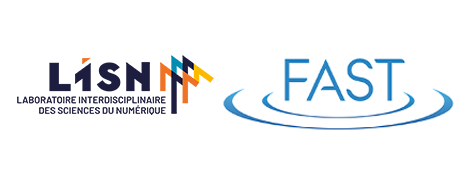
Planets and stars are able to generate coherent large-scale magnetic fields by helical convective motions in their interiors. This process, known as hydromagnetic dynamo, involves nonlinear interaction between the flow and magnetic field. Thus bistable branches of dynamo solutions exist: a weak field branch where the magnetic field is not strong enough to enter into the leading order force balance in the momentum equation, and a strong field branch where the field enters into the balance, at least at certain scales. The transition between the two with enhancement of convection can be either subcritical or supercritical, depending on the strength of magnetic induction. In both cases, it is accompanied by topological changes in velocity field across the system; however, it is yet unclear how these changes are produced.
In this work, we analyse transitions between the strong and weak dynamo regime using a data-driven approach, separating different physical effects induced by dynamically active flow scales. We decompose the dynamo data from direct numerical simulations into different components (modes), identify the ones relevant for transition, and estimate relative magnitudes of corresponding Lorentz, inertia and induction forces. We also analyse the distribution of dominant structures and forces during inverse transitions, when the strong dipole collapses into a weak one. Our results suggest that subcritical transition to strong dynamo is facilitated by a subharmonic instability, allowing for a more efficient mode of convection, and provide a modal basis for reduced-order models of this transition.